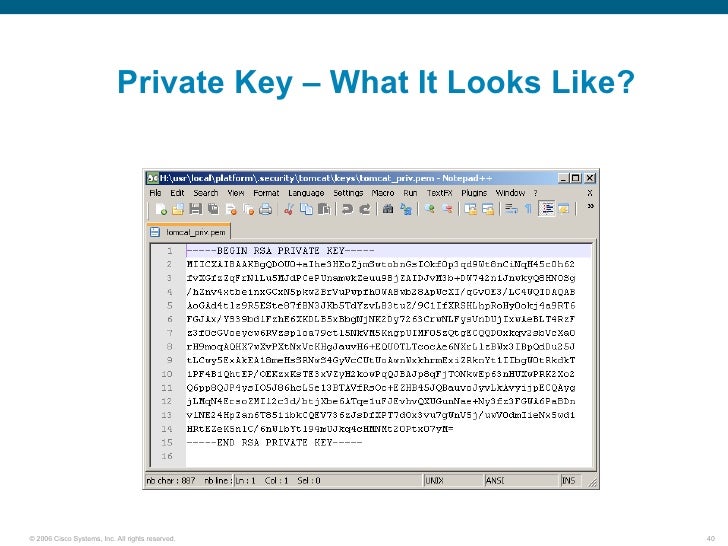
Whether it's debugging, security analysis, or just to have plaintext records of traffic, SSL can just get in the way. LDAP integration with CUCM 5.There comes a time in every engineer's life where it becomes necessary to decrypt SSL/TLS encrypted traffic.Mysterious "Invalid Crdentials" on CUPC.How does CUPC determine presence address.Step 4: Once you click OK, you'll notice the changes on Wireshark screen. "C:\privateKey.pem" is the file name of the private key. "http" is the protocol you want Wireshark decode to. Step 3: Go to Wireshark > Edit > Preferences > Protocols > SSL. You'll be asked for the password (where you entered on step 1-4). The command above take "test.pfx" as the input file, extract the private key, save it unencrypted in "privateKey.pem" file. Openssl pkcs12 -in test.pfx -nocerts -out privateKey.pem -nodes Because private key is a very sensitive information.ġ-5: Save the file (system will add ".pfx" extension to the file name) Export the server certificate with private keyġ-1: Go to IIS Admin > Right-click "Defautl Web Site" > Properties > "Directory Security" > "View Certificate".ġ-2: Go to "Details" tab > "Copy to File" > Choose "Yes, export the private key"ġ-3: You'll save the file in PKCS #12 (.PFX) with all three options UNCHECKEDġ-4: You'll have to provide a password to protect the file. To get the private key, you need access to the server. You cannot get the private key from client side (such as web browsers). To decrypt this data, we need the "private key" of the server certificate. Look at packet 11 in sniffer capture above.

However, if the traffic was encrypted (such as https between CUPS and Exchange), it's unreadable unless you can decrypt it. Wireshark is a useful tool in troubleshooting.


 0 kommentar(er)
0 kommentar(er)
